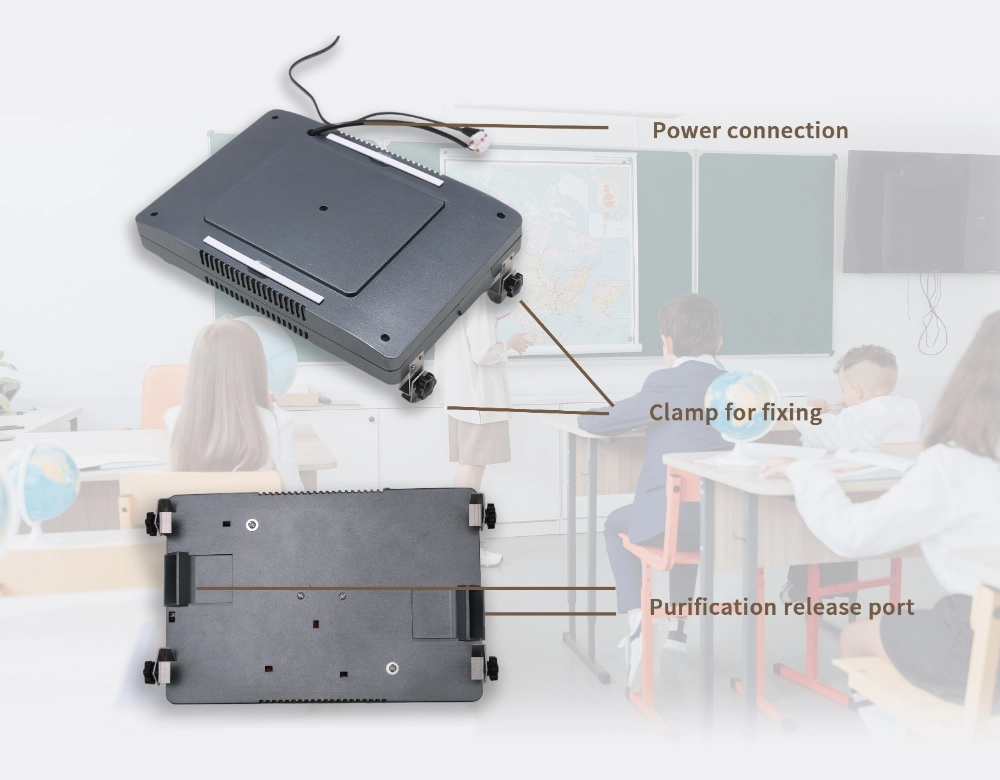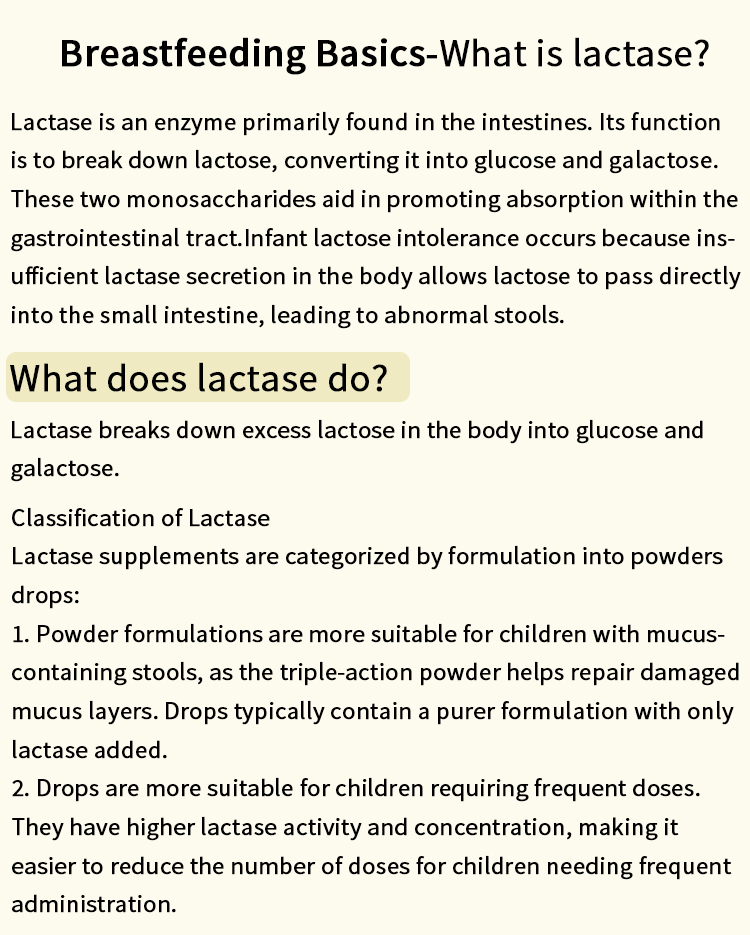In the fast-paced, technology-driven world we live in, the concept of simplifying work has become more critical than ever. But what does it mean to simplify work? It is not merely about reducing workload or cutting corners. Instead, it's about streamlining processes, enhancing efficiency, and fostering a more productive and less stressful work environment.
Simplifying work involves several key aspects, including process optimization, technology utilization, effective communication, and a focus on value-added tasks. Let's delve deeper into these facets to understand how they contribute to a simplified and more productive work environment.
Process Optimization
Process optimization is about identifying, analyzing, and improving existing business processes within an organization to meet new standards of quality and efficiency. It involves eliminating unnecessary steps, reducing complexity, and automating repetitive tasks. By simplifying processes, organizations can reduce errors, save time, and improve overall productivity.
Technology Utilization
In the digital age, technology plays a pivotal role in simplifying work. From project management tools and cloud-based solutions to AI and machine learning, technology can automate routine tasks, facilitate collaboration, and provide valuable insights to make informed decisions. However, it's crucial to choose the right tools that align with your business needs and train your team effectively to leverage these tools.
Effective Communication
Clear and concise communication is another crucial aspect of simplifying work. It helps to avoid misunderstandings, reduce unnecessary back-and-forth, and ensure everyone is on the same page. This includes setting clear expectations, providing constructive feedback, and promoting open dialogue within the team.
Focus on Value-Added Tasks
Simplifying work also means prioritizing tasks that add the most value to your business. This involves identifying and focusing on high-impact tasks while delegating, automating, or eliminating low-value tasks. By doing so, you can ensure that your time and resources are spent on activities that contribute the most to your business goals.
In conclusion, simplifying work is not a one-size-fits-all approach. It requires a deep understanding of your business processes, a strategic use of technology, effective communication, and a focus on value-added tasks. By embracing these principles, organizations can create a simplified, efficient, and productive work environment that not only boosts performance but also enhances employee satisfaction and well-being.


